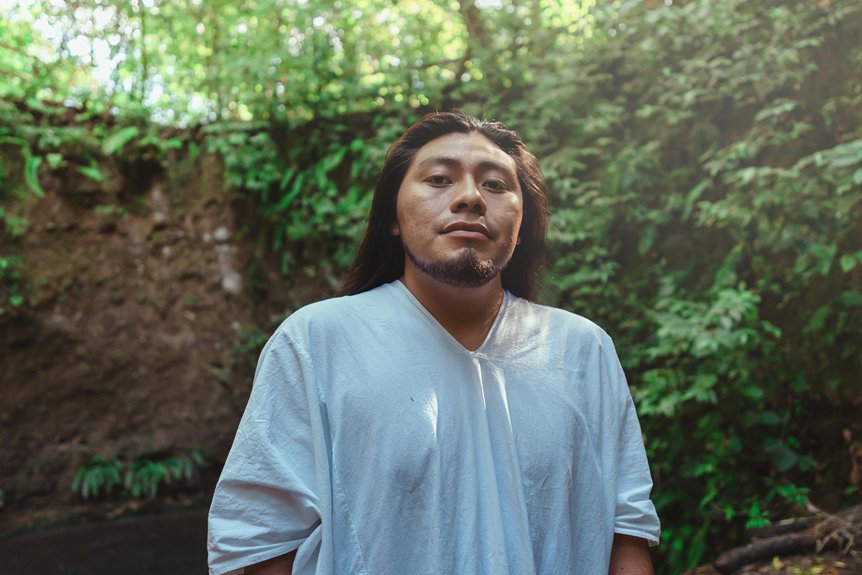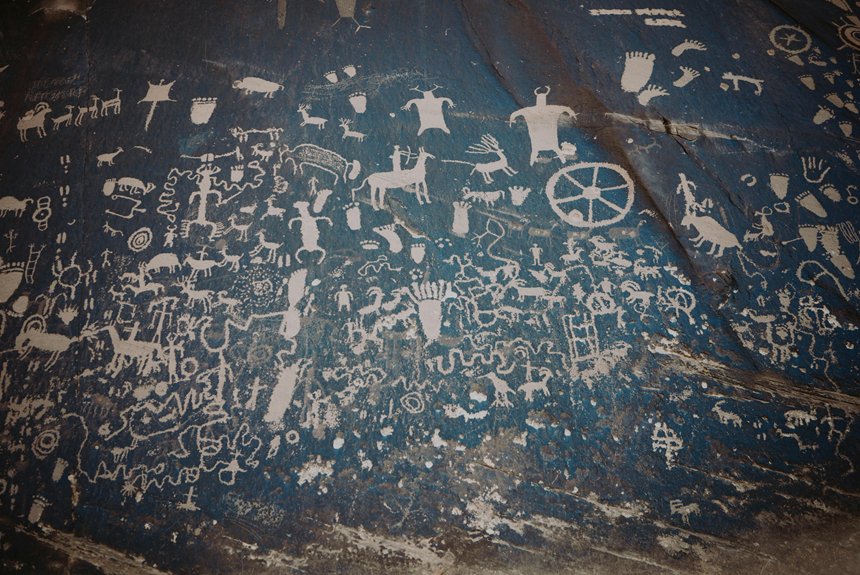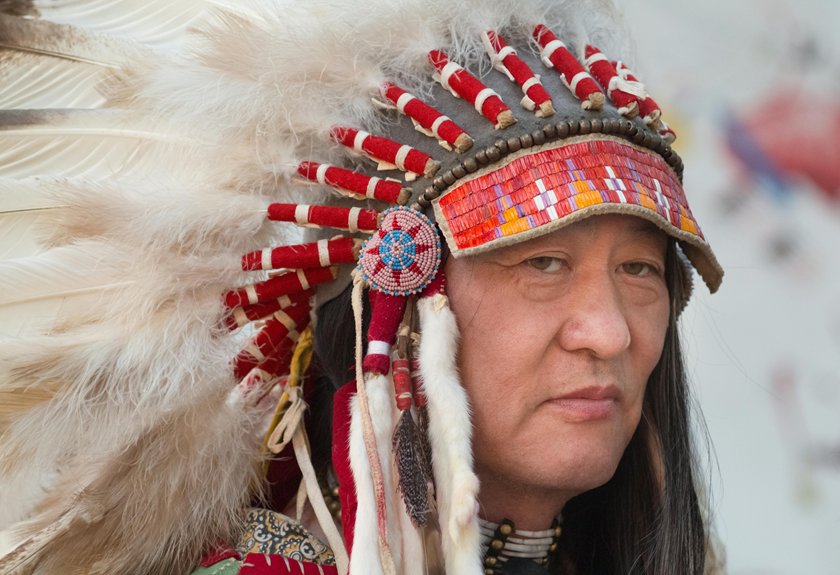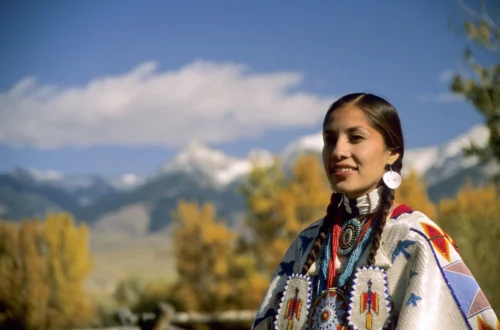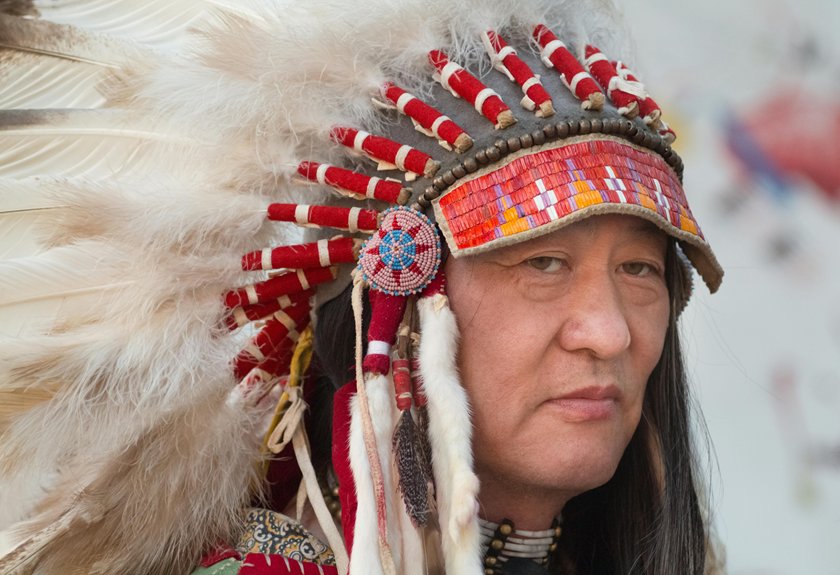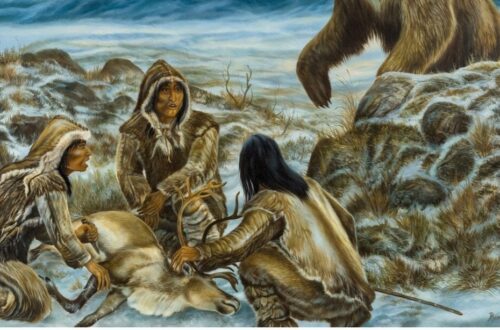When you think about Native Americans and facial hair, you might picture a variety of looks. Some individuals sport full beards, while others have little to no facial hair at all. This diversity stems from genetics, historical influences, and cultural practices. Each tribe has its own perspective on facial hair, shaping personal choices and identities. What factors contribute to these varied expressions of facial hair among Native Americans? Let’s explore further.
The Genetic Diversity of Native Americans
While many people might associate Native Americans with specific physical traits, the truth is that there’s a remarkable genetic diversity among these communities. This diversity stems from the vast array of tribes, each with unique histories and environments.
You’ll find variations in features such as skin tone, hair texture, and even facial hair patterns. Genetics have been influenced by migration, intermarriage, and adaptation to different climates over centuries.
As you explore this topic, it’s important to understand that these differences reflect the rich cultural identities of Native Americans. Embracing this diversity fosters a deeper appreciation of their heritage and challenges stereotypes that oversimplify their experiences.
Recognizing individual variation helps you appreciate the complexity of Native American identities.
Historical Perspectives on Facial Hair
As you explore the historical perspectives on facial hair in Native American cultures, it’s essential to recognize that attitudes toward facial hair varied considerably among different tribes and time periods.
In many tribes, facial hair was often minimal due to genetic factors, and cultural practices influenced grooming standards. For instance, some tribes valued a clean-shaven appearance, associating it with purity or youthfulness, while others embraced facial hair as a symbol of wisdom or strength.
European contact introduced new perspectives, leading some Native Americans to adopt different grooming styles.
Cultural Significance of Facial Hair in Different Tribes
Facial hair holds varying degrees of cultural significance across different Native American tribes, reflecting unique values and beliefs.
In some tribes, facial hair symbolizes maturity and wisdom, marking a man’s progression into adulthood. It can also represent strength and status within the community, where a well-groomed beard may be seen as a sign of respect and dignity.
Conversely, other tribes might view facial hair differently, with some individuals choosing to remove it for spiritual or ceremonial reasons.
Understanding these diverse perspectives allows for a deeper appreciation of how facial hair intertwines with identity, tradition, and cultural heritage.
Common Myths About Native American Facial Hair
Many people mistakenly assume that Native Americans have little to no facial hair due to genetic factors; however, this belief oversimplifies a rich tapestry of cultural practices and personal choices.
It’s important to recognize that facial hair varies widely among individuals, reflecting a range of genetics and personal grooming styles. Some Native Americans may choose to embrace facial hair as a form of self-expression, while others may prefer to remain clean-shaven for cultural or aesthetic reasons.
Additionally, myths surrounding facial hair often ignore the diverse backgrounds and histories of various tribes. Understanding these nuances helps dispel stereotypes and fosters a deeper appreciation for Native American identity, moving beyond simplistic notions to embrace a fuller, more respectful narrative.
The Role of Environment in Facial Hair Growth
While genetics play a significant role in determining facial hair growth, environmental factors also contribute to the variations seen among Native Americans.
For instance, climate can influence hair texture and density. In colder regions, thicker hair might develop as a protective adaptation.
Additionally, diet impacts hair health; traditional foods rich in nutrients can promote stronger hair follicles.
Exposure to sunlight can also affect skin health, which indirectly influences hair growth.
Cultural practices and lifestyles, including outdoor activities, can further shape how facial hair evolves in different communities.
Personal Grooming Practices Among Native Americans
Understanding how environmental factors influence facial hair growth sets the stage for exploring personal grooming practices among Native Americans.
Traditionally, grooming methods varied across tribes, often reflecting cultural beliefs and individual preferences. You might find that some Native Americans embrace their natural appearance, while others may choose to groom facial hair for aesthetic or ceremonial reasons.
Tools like shells, stones, and later, metal implements were used for grooming. Many cultures place a strong emphasis on cleanliness and self-care, considering grooming an essential aspect of identity and community.
Today, modern products blend with traditional practices, allowing for personal expression. By respecting these diverse grooming choices, you can appreciate the rich tapestry of Native American cultural identity and practices.
